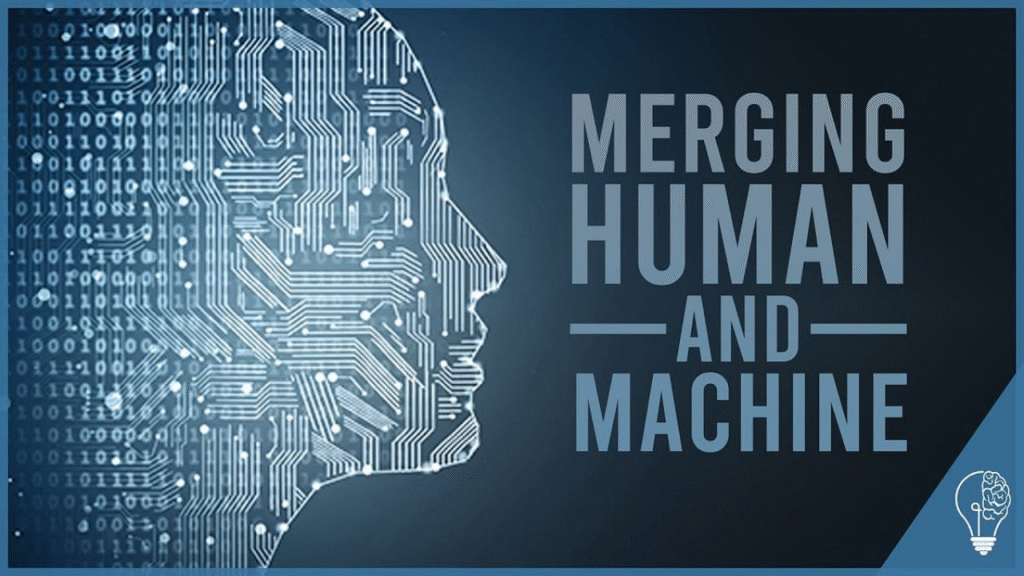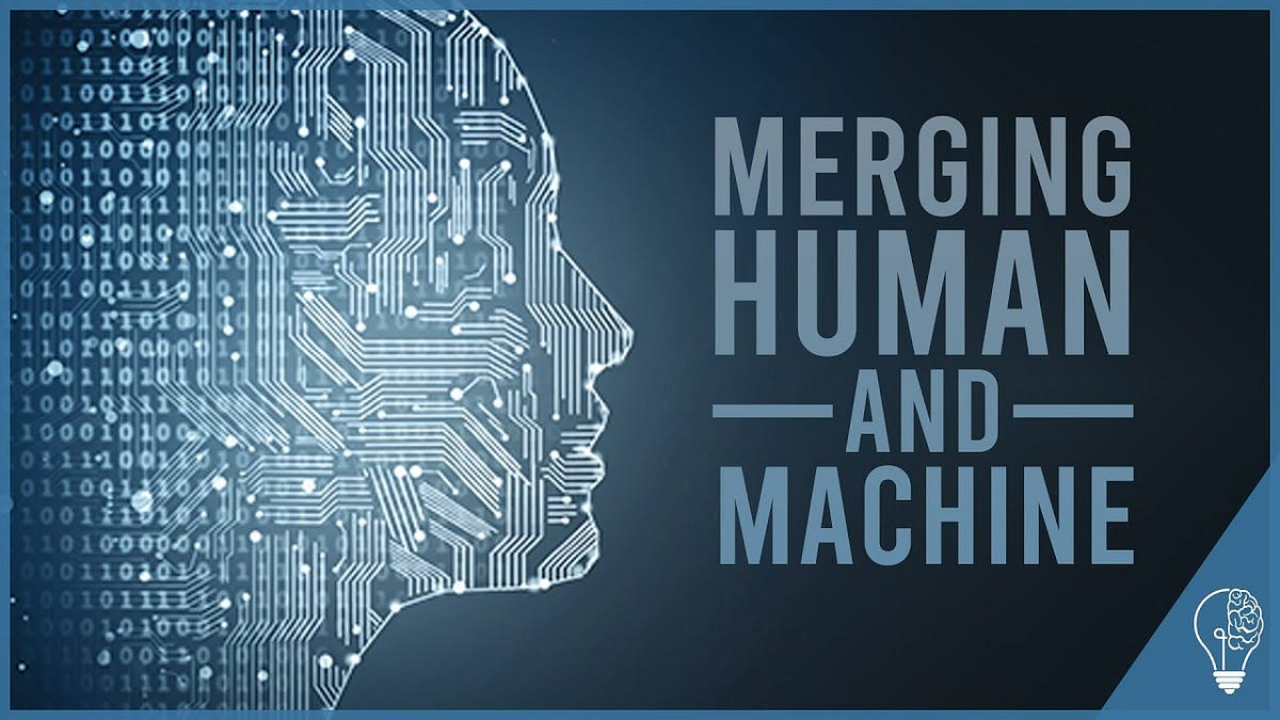
Imagine controlling your phone, a drone, or even a car—just with your thoughts. That’s not science fiction anymore; it’s the reality being shaped by neurotechnology, a revolutionary field at the intersection of neuroscience, engineering, and computing.
Neurotechnology encompasses tools and devices that interact with the brain and nervous system to monitor, restore, enhance, or manipulate neural activity. This can mean everything from medical implants that help paralyzed patients move again to futuristic headsets that let gamers control avatars with brainwaves.
Overview Table: Neurotechnology at a Glance
| Aspect | Details |
|---|---|
| Definition | Technology interfacing with the nervous system |
| Key Applications | Brain-computer interfaces, prosthetics, mental health, neurogaming |
| Leading Companies | Neuralink, Kernel, Synchron |
| Benefits | Restores lost functions, enhances cognition, new modes of communication |
| Risks & Challenges | Privacy, ethical concerns, dependency, high cost |
| Future Outlook | Integration with AI, personalized neuro-therapy, remote brain interaction |
How Does It Work?
At its core, neurotechnology interprets electrical signals generated by neurons. Devices either read these signals (non-invasive EEG headsets or invasive implants) or stimulate specific brain regions (like Deep Brain Stimulation) to change how the brain functions.
Types of Neurotechnology:
- Brain-Computer Interfaces (BCIs): Direct communication between the brain and external devices.
- Neurostimulation: Electrical stimulation used to treat disorders or boost function.
- Neuroimaging: Tools like fMRI or EEG used to map and monitor brain activity.
- Neural Implants: Devices implanted in the brain or spine for therapeutic or augmentation purposes.
Key Applications Changing the World
1. Medical Breakthroughs
- Restoring movement: Neuroprosthetics connected to BCIs help paralyzed individuals regain motor functions.
- Hearing & vision aids: Cochlear implants and retinal implants convert signals to restore sensory functions.
- Mental health treatment: Depression, PTSD, and anxiety can be treated through targeted brain stimulation.
2. Cognitive Enhancement
- Devices like transcranial direct current stimulation (tDCS) aim to boost memory, attention, and learning.
- Future applications could allow for memory downloads or even skill uploads, echoing science fiction.
3. Human-Machine Integration
- Neurotechnology enables hands-free device control, from smartphones to robotic limbs.
- Elon Musk’s Neuralink is building implants to allow humans to interact with AI systems directly.
4. Neurogaming & Immersive Experiences
- Games now use EEG headsets for mind-controlled gameplay.
- Emotion recognition via brainwaves creates adaptive virtual environments for gamers or therapy patients.
5. Military & Defense
- DARPA invests heavily in neurotech for enhanced soldier capabilities, brain-machine communication, and trauma recovery.
Benefits and Promises
| Benefit | Impact |
|---|---|
| Restoration of function | Helps paralyzed and sensory-impaired individuals |
| Enhanced communication | Lets locked-in patients communicate via thought |
| Boosted productivity | Accelerates learning, focus, and mental performance |
| New entertainment methods | Brings deeper immersion in VR and gaming |
| Mental health treatment | Offers new solutions where traditional therapy falls short |
Ethical Dilemmas and Challenges
Neurotechnology comes with unprecedented promise—but also major risks:
- Privacy concerns: If brain data can be read, who owns it? Can it be hacked?
- Inequality: High costs may restrict access to the wealthy, creating a cognitive elite.
- Dependency: Long-term reliance on implants or stimulation could impact natural neural processes.
- Consent and control: Especially in vulnerable populations, ensuring informed use is essential.
- Identity and autonomy: If machines influence thoughts, where do “you” end and the tech begin?
What’s Next?
The future of neurotechnology points toward tighter human-AI integration, personalized neurotherapies, and even telepathic communication via cloud-connected brain implants. Think: sharing thoughts in real-time, curing neurological diseases before symptoms even appear, or downloading skills straight to your brain.
Current research aims to:
- Make devices smaller and wireless
- Increase signal precision
- Reduce invasiveness
- Enable real-time AI processing of neural data
Neuralink, Synchron, Blackrock Neurotech, and Kernel are just a few companies racing to make these visions real.
The Bottom Line
Neurotechnology is no longer future talk—it’s happening now, reshaping everything from healthcare to how we interact with machines. With the right balance of innovation and regulation, this mind-machine merger could define the next era of human evolution.
3 Must-Know One-Line FAQs
Q1: Can neurotechnology really read your thoughts?
Yes, certain neurodevices can interpret brain signals closely enough to translate intent or emotion.
Q2: Is it safe to implant chips in the brain?
While generally safe under medical guidance, all implants carry risks and require ongoing oversight.
Q3: Can anyone use neurotechnology now?
Many non-invasive devices are commercially available, but advanced applications remain limited to research or medical cases.

